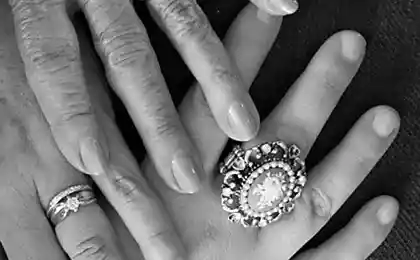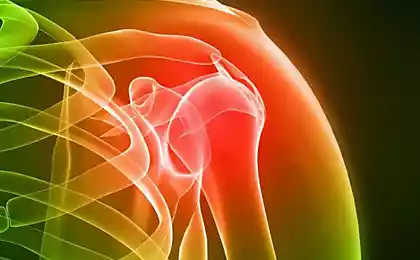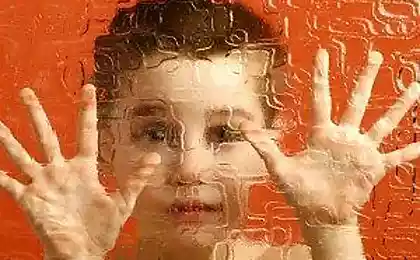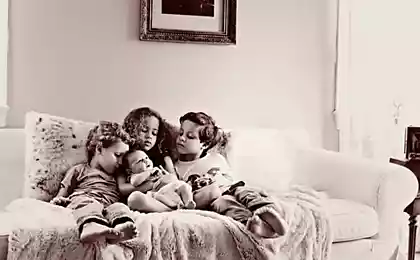312
Articulation gymnastics for children
People are not born with the ability to speak, much less to do it clearly and competently. When the baby twists his first words, parents and tender relatives blur in smiles. But if the problem does not pass over time, but worsens, speech defects can seriously poison the child’s life – often the inability to speak clearly becomes the cause of cruel jokes and ridicule from peers. If a child has difficulty pronouncing individual sounds, help will come. gymnastics.

Patient, affectionate and calm parents, interested child and 5-7 diligent minutes a day can work a miracle! "Site" It is the easiest and most accessible gymnasticsWhich you and your child will enjoy.
Articulation gymnastics is shown to everyone - toddlers 2-4 years old, it will help strengthen the muscles of the articulation apparatus, and older children to correct serious speech defects. Closer to school age, it becomes more difficult to deal with speech disorders, and sometimes the most experienced speech therapist is unable to help the child. So the sooner responsible parents start classes, the greater the chances of getting the desired result.
The basic rules of gymnastics
The exercises of active gymnastics described below are aimed at both statics and dynamics. In each of the poses it is necessary to hold 5-7 seconds, making several repetitions. Nothing supernatural, the most difficult - to interest the crumb!
Exercises for children 2-7 years

"Tasty" games
about:blank
Do these exercises with your child regularly, without turning them into conscription and punishment, and then you will immediately notice progress! If gymnastics is given to the crumb with great difficulty, and the language does not want to obey, it is better to immediately contact a speech therapist. Probably, the child will need a special massage and active classes with a specialist.
Do not forget to share this article with other parents, this information will be useful to them! Not so long ago, we wrote about the delay in speech development in children and shared the authoritative opinion of Evgeny Komarovsky on this issue.
Do you trust a competent Dr. Komarovsky? Then learn from our article how to cure a cough in a child.

Patient, affectionate and calm parents, interested child and 5-7 diligent minutes a day can work a miracle! "Site" It is the easiest and most accessible gymnasticsWhich you and your child will enjoy.
Articulation gymnastics is shown to everyone - toddlers 2-4 years old, it will help strengthen the muscles of the articulation apparatus, and older children to correct serious speech defects. Closer to school age, it becomes more difficult to deal with speech disorders, and sometimes the most experienced speech therapist is unable to help the child. So the sooner responsible parents start classes, the greater the chances of getting the desired result.
The basic rules of gymnastics
- Regularity of classes
Here everything is simple: children are not very diligent creatures, so regular, daily 5-minute sessions will be much more useful than from exhausting one-hour gymnastics once a week.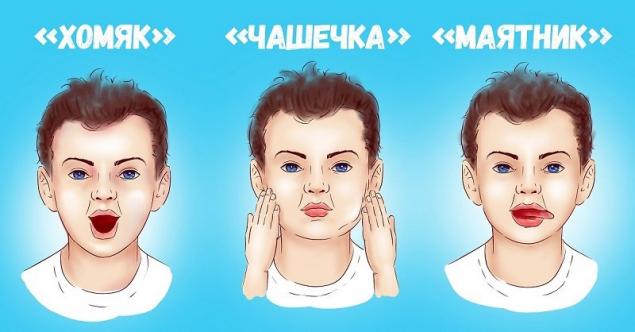
- Feasibility
If the child copes with the tasks one or two, parents should think about whether he needs articulation gymnastics at all. The main task of speech therapy is to learn what is still given with great difficulty.
- Unobtrusiveness
Articulation gymnastics should become not only useful, but also a fun activity for crumbs. Never force a child to perform certain exercises, do not swear or grumble. To achieve the desired results and interest the baby, turn gymnastics into an exciting game!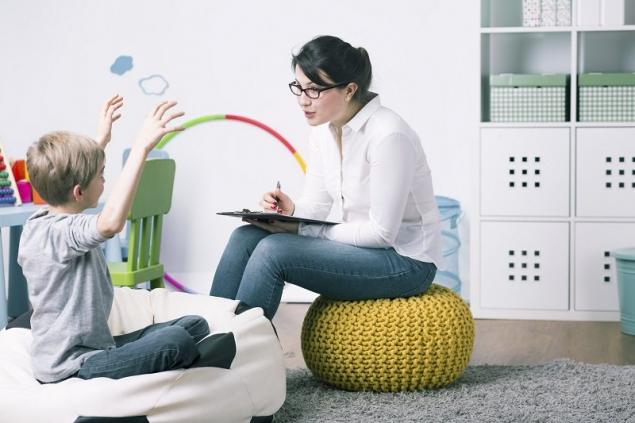
- Complication
Classes are held at a measured pace, 4-5 exercises per session. First, try the simplest exercises, gradually increasing the difficulty. Introduce no more than one new exercise each time, provided that all previous exercises have been worked out.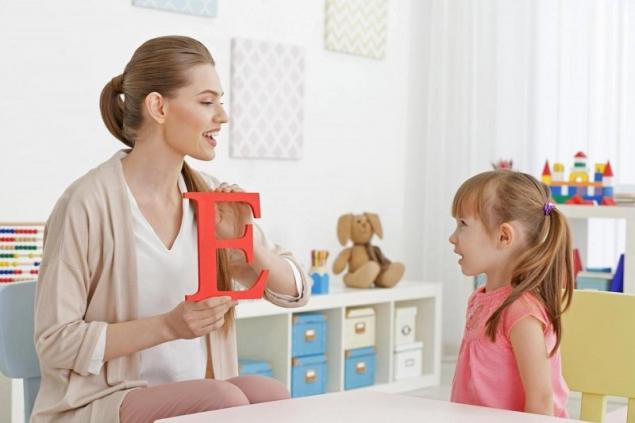
- Visuality
Vision, hearing, touch – all these analyzers should be directly involved in gymnastics. Use a mirror in which the child will see his reflection, sit in front of the baby and act as a model for performing certain movements. Use pictures, videos with other children doing the same exercises, read short poems. Soon you will realize what motivates your child the most and helps you achieve your goal.
- Healthy attitude
Moms and dads should not consider articulation gymnastics as a panacea for all speech problems of the child. Only the coordinated work of parents, speech therapist and child will help to achieve the desired results!
The exercises of active gymnastics described below are aimed at both statics and dynamics. In each of the poses it is necessary to hold 5-7 seconds, making several repetitions. Nothing supernatural, the most difficult - to interest the crumb!
Exercises for children 2-7 years
- "Dudochka."
Lips should be folded into a tube and stretched forward as much as possible. - "The fence."
Let the baby smile to show you all the teeth without opening your mouth. - "Fivet"
It is necessary to stretch the lips into a tube, as in the position of "Bunch", rotating with closed lips in a circle then left, then right. - "The Horse"
The baby should snap the tongue, imitating the thorn of horse hooves. - "Evil Horse"
Ask the child to depict the snort of the horse: with zeal to exhale the air with your mouth, without opening it. In this case, the lips should vibrate. - "Clocks."
You need to open your mouth and smile. The tip of the tongue alternately touch the right and left corner of the mouth. - "Where's the candy?"
The child’s mouth is tightly closed, and the tip of the tongue presses on one or the other cheek from the inside, as if looking for a lollipop there. - Mushroom.
The tongue fits tightly to the palate (sucks) and is held in this position for 5-7 seconds. - "Harmoshka."
Holding the tongue in the “Fungus” position, you need to open and close your mouth several times. - "Humpman."
Let the baby first puff both cheeks, and then alternately right and left. - "Blow the ball."
The child must first inflate both cheeks and then slap them slightly to get the air out. - "Fish"
The cheeks are drawn inside and held in this position for several seconds. - Needle.
Let the baby open his mouth and stick the tongue forward as much as possible, making it narrow. - "Drummer."
You need to smile, open your mouth, put your tongue by your upper teeth. Then clearly, clearly, repeatedly repeat "d-d-d", gradually increasing the pace. You can't get your teeth together. - "Swinging."
The mouth is open, the tongue alternately rises and falls down. - "Messim dough"
The tongue lies on the lower lip (the position of the "Spaddle"), and the mouth opens and closes, the lips slap on the tongue from above and below. - "Bite the tongue"
Ask the child to open his mouth, smile and bite the tip of his tongue. - "The steamboat buzzes"
The baby's lips are smiling, the mouth is open. The crumb must say a long "s-s-s" with tension. - "Turkey."
Rapid movements of the tongue along the upper lip with the characteristic sound of “ba-ba-ba-ba-ba”. Mouth open, lips smiling. - "Brushing teeth"
The tip of the tongue, like a brush, must be held first on the upper, then on the lower teeth, from edge to edge. - "The Monkey."
Ask your child to open his mouth and place his tongue between his lower lip and lower teeth (ahead of his mouth). The lips are close. - The Bulldog.
From the position of “monkey” it is necessary to transfer the tongue to the position between the upper lip and upper teeth. The lips are also close, the mouth is open. - Pussy.
Mouth open, lips smiling. Pushing the tip of the tongue into the lower incisors from the inside, it is necessary to arch it with an arc, like a cat arches its back.

"Tasty" games
- Treat the baby with spaghetti-shaped marmalades, but on his own terms: let him draw them into his mouth, stretching his lips into a tube.
- In the process of eating crispy straw, you can fix it under your nose, as if it is a mustache.
- Let the child open his mouth and slightly stretch his tongue. Place a straw on the tip of the tongue so that the child tries to keep it in balance.
- Treat the child with a round lollipop on a stick, but let him try to lick it from all sides, in a circle.
- A nut or small candy can be placed in the tongue, as in a cup, while the mouth is open. A few hard seconds and the treat can be deservedly eaten.
about:blank
Do these exercises with your child regularly, without turning them into conscription and punishment, and then you will immediately notice progress! If gymnastics is given to the crumb with great difficulty, and the language does not want to obey, it is better to immediately contact a speech therapist. Probably, the child will need a special massage and active classes with a specialist.
Do not forget to share this article with other parents, this information will be useful to them! Not so long ago, we wrote about the delay in speech development in children and shared the authoritative opinion of Evgeny Komarovsky on this issue.
Do you trust a competent Dr. Komarovsky? Then learn from our article how to cure a cough in a child.
Instructions for cooking cheese cheese cheese with sesame and sesame
Salad recipe with carrots and mustard










